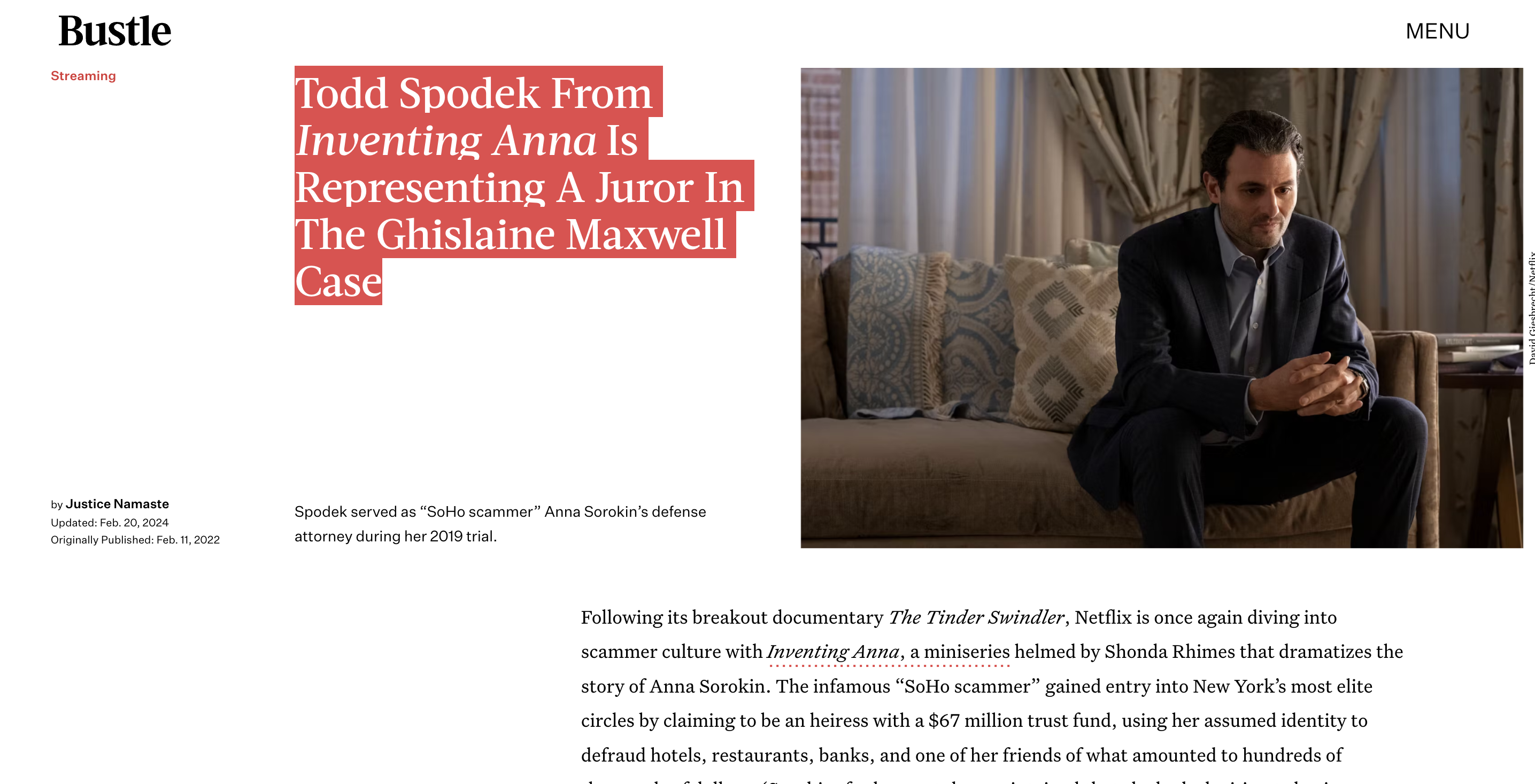Blog
How Do Federal Sentencing Guidelines Work in New York?
Contents
- 1 How Do Federal Sentencing Guidelines Work in New York?
- 1.1 The Guidelines Calculate a Sentencing Range
- 1.2 Judges Have Some Flexibility
- 1.3 It’s a Points System
- 1.4 There Are Sentencing Zones Too
- 1.5 Departures Allow Going Outside Guidelines
- 1.6 The Guidelines Get Updated Regularly
- 1.7 New York Also Has State Sentencing Guidelines
- 1.8 Guidelines Impact Plea Bargaining Too
- 1.9 Criticisms of the Guidelines
How Do Federal Sentencing Guidelines Work in New York?
The federal sentencing guidelines are used to determine prison sentences for people convicted of federal crimes in all 50 states, including New York. They were created in 1987 to make sentencing more consistent across the country. Here’s a quick overview of how they work:
The Guidelines Calculate a Sentencing Range
Based on the crime committed and the defendant’s criminal history, the guidelines provide a range of months that the judge can sentence the defendant to. So instead of leaving it totally up to the judge, the guidelines give some parameters. For example, if a defendant is convicted of bank robbery, the guidelines might recommend a sentence between 24-36 months.
Judges Have Some Flexibility

The guidelines aren’t mandatory anymore. After a 2005 Supreme Court case made them advisory, judges now have more flexibility to go outside the guidelines. But they still have to calculate and consider the guidelines range. Going above or below requires explaining why with specific reasons.
It’s a Points System
The guidelines work on a point system. More points means more prison time. Points are based on:
- The offense itself – violent crimes get more points than non-violent ones.
- “Relevant conduct” – things like the weapon used or money stolen.
- The defendant’s criminal history – more prior convictions mean more points.
After totaling the points, the judge finds the range on a sentencing table. For example, a total of 20 points means a range of 33-41 months for someone with minor criminal history.
There Are Sentencing Zones Too
The table breaks down into four sentencing zones – A, B, C and D – based on the minimum months recommended. Zone A is 0-6 months, Zone B is 7-12 months, etc. The zone impacts things like probation eligibility.
Departures Allow Going Outside Guidelines
In some cases, judges can do a “departure” from the guidelines. Upward departures make the sentence harsher, while downward ones reduce it. Departures require special circumstances, like:
- The crime was unusually cruel
- The defendant had a minor role
- They provided “substantial assistance” helping prosecute someone else
There’s also a “safety valve” for less serious crimes, allowing sentences below mandatory minimums if certain criteria are met.
The Guidelines Get Updated Regularly
The U.S. Sentencing Commission reviews the guidelines every year and proposes amendments to keep things current. For example, new guidelines on synthetic drugs may come out as they gain popularity. The amendments only apply to future cases once they go into effect.
New York Also Has State Sentencing Guidelines
In addition to federal cases in U.S. District Court, New York has a whole separate set of state sentencing guidelines used in County, Supreme and lower courts. The rules vary widely across different parts of the state.
Guidelines Impact Plea Bargaining Too
Since the guidelines dictate sentencing based on the conviction, prosecutors use them to make plea offers. By pleading guilty to a less serious charge, defendants can lower their guideline range and prison exposure. But judges can ignore deals that seem too lenient.
Criticisms of the Guidelines
While designed to create uniformity, many argue the guidelines have had unintended consequences like:
- Actually increasing unfair disparities in sentences, when factors like attorney quality have more impact
- Being too harsh and complex, with the points system
- Reducing judicial discretion and humanity in sentencing
Ultimately how much influence the guidelines have depends a lot on the individual judge and their sentencing philosophy.









